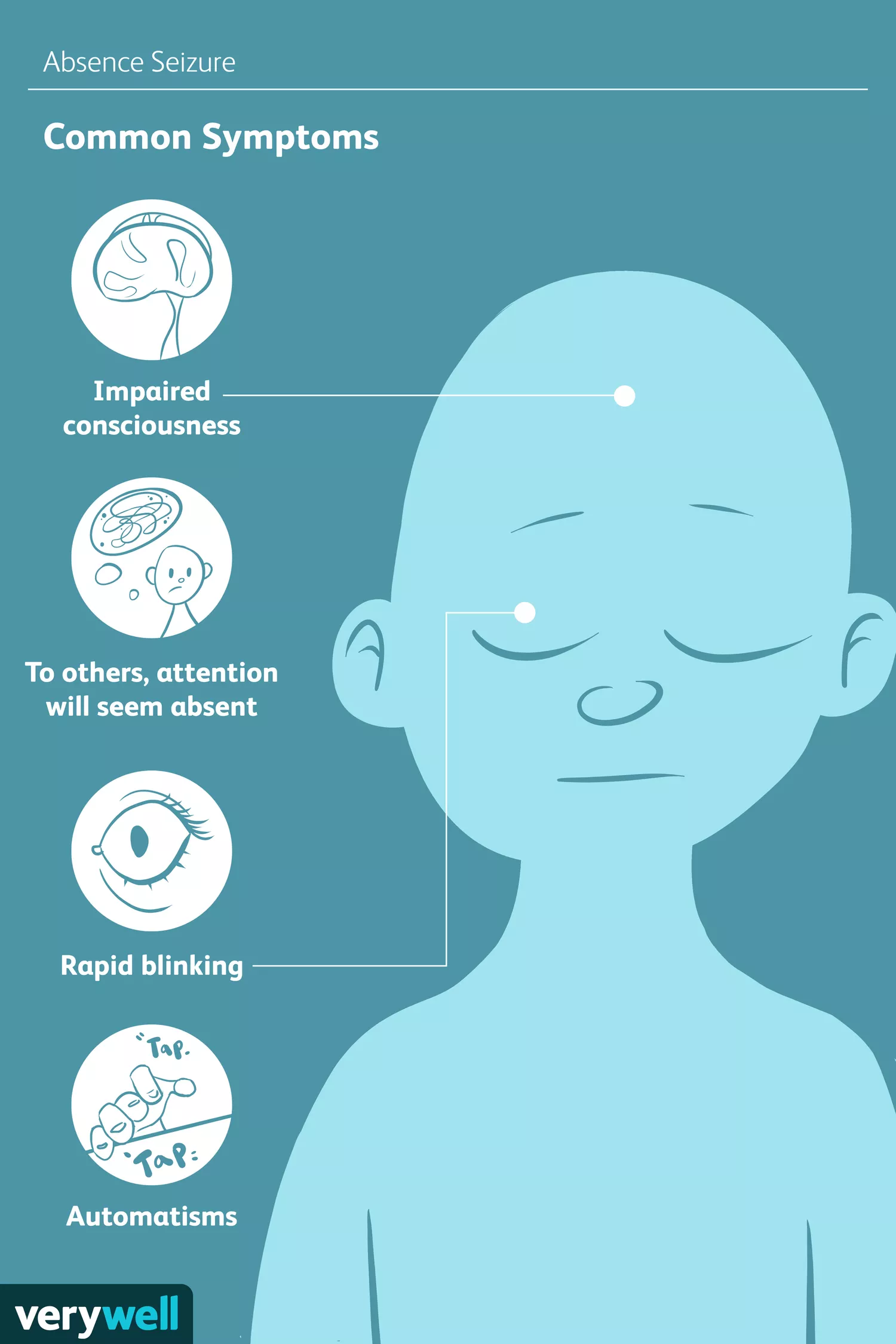Diagnosing Absence Seizures:
- Detailed Description:
- The child’s health care provider will ask for a thorough description of the seizures.
- Physical Examination:
- A physical exam will be conducted.
- Diagnostic Tests:
- Electroencephalography (EEG):
- Measures brain waves’ electrical activity.
- Electrodes attached to the scalp via metal plates or an elastic cap transmit signals to the EEG machine.
- Hyperventilation during an EEG study can trigger an absence seizure.
- During a seizure, the EEG pattern differs from the typical pattern.
- Brain Scans (MRI):
- Helps rule out other conditions (e.g., stroke or brain tumor).
- Produces detailed brain images.
- Consider discussing sedation options with the health care provider due to the need for stillness during the scan.
- Electroencephalography (EEG):
Treatment for Absence Seizures:
Anti-Seizure Medication:
- The health care provider usually starts with the lowest dosage of anti-seizure medicine.
- Dosage adjustments are made as needed to control the seizures.
- Children may gradually taper off anti-seizure medications under supervision if they remain seizure-free for two years.
Prescribed Drugs:
- Ethosuximide (Zarontin):
- Commonly the initial choice for absence seizures.
- Generally effective in managing seizures.
- Possible side effects: nausea, vomiting, sleepiness, sleep disturbances, and hyperactivity.
- Valproic Acid:
- Used for children with both absence and tonic-clonic seizures (grand mal seizures).
- Side effects: nausea, attention problems, increased appetite, weight gain.
- Rarely, it can cause pancreas inflammation and liver failure.
- Females continuing medication into adulthood should discuss birth defect risks with providers (avoid during pregnancy or while trying to conceive).
- Lamotrigine (Lamictal):
- Some studies suggest it is less effective than ethosuximide or valproic acid.
- Fewer side effects.
- Possible side effects: rash and nausea.
- Ethosuximide (Zarontin):
Lifestyle and Home Remedies for Absence Seizures:
Dietary Therapy: Ketogenic Diet
- A ketogenic diet (high in fat, low in carbohydrates) can improve seizure control.
- Consider this option if traditional medicines fail to control seizures.
- Variations like the glycemic index and modified Atkins diets are less restrictive than the classic ketogenic diet.
Additional Measures:
- Medication Adherence:
- Ensure your child takes medicine correctly.
- Do not adjust the dosage without consulting the health care provider.
- Adequate Sleep:
- Lack of sleep can trigger seizures.
- Ensure your child gets sufficient rest each night.
- Medical Alert Bracelet:
- Helps emergency personnel provide correct treatment during another seizure.
- Driving and Recreation Restrictions:
- Consult your child’s health care provider.
- Driving eligibility varies by state and requires a seizure-free period.
- Be cautious during activities like bathing or swimming.
- Medication Adherence:
Coping and Support:
- Living with a seizure disorder can cause anxiety and stress.
- Talk to your health care provider or seek resources for support.
At Home: Your family members play a crucial role in providing much-needed support. Share your knowledge about the seizure disorder with them. Encourage open conversations and let them know they can ask questions. Consider sharing educational materials or resources provided by your primary care provider to help them understand the condition better.
At School: Engage with your child’s teachers and coaches about their seizure disorder. Explain how it impacts your child during school hours. Discuss necessary accommodations or actions to take if a seizure occurs while at school.
You’re Not Alone: Remember that you don’t have to face this journey alone. Reach out to family and friends for emotional support. Explore local support groups or consider joining online communities. Don’t hesitate to seek help when needed; having a strong support system is essential when living with any medical condition.
Preparing for Your Appointment: Understanding Absence Seizures
When preparing for your child’s appointment, consider the following steps:
Appointment Type:
- You’ll likely start by seeing your child’s primary care provider.
- Expect a referral to a neurologist, a specialist in nervous system disorders.
What You Can Do:
- Symptom Tracking:
- Write down any symptoms you notice, even if they seem unrelated to seizures.
- Medication List:
- Make a list of all medicines, vitamins, and supplements your child takes.
- Questions:
- Prepare a list of questions for the health care provider.
- Basic questions for absence seizures:
- What’s the most likely cause of these symptoms?
- What tests are needed, and do they require special preparation?
- Is this condition temporary or long-lasting?
- What treatments are available, and which do you recommend?
- What are the side effects of the treatment?
- Is there a generic alternative to the prescribed medicine?
- Can my child also develop the grand mal type of seizure?
- Are activity restrictions necessary? (e.g., soccer, football, swimming)
- Do you have brochures or recommended websites?
- Symptom Tracking:
Expectations During the Appointment:
- Your child’s provider will likely ask you questions, such as:
- When did the symptoms begin?
- How often have the symptoms occurred?
- Can you describe a typical seizure?
- How long do the seizures last?
- Is there awareness of what happened after the seizure?
- Your child’s provider will likely ask you questions, such as:
Remember that open communication and thorough preparation will help you make the most of your appointment. Don’t hesitate to seek answers to any other questions you may have.


